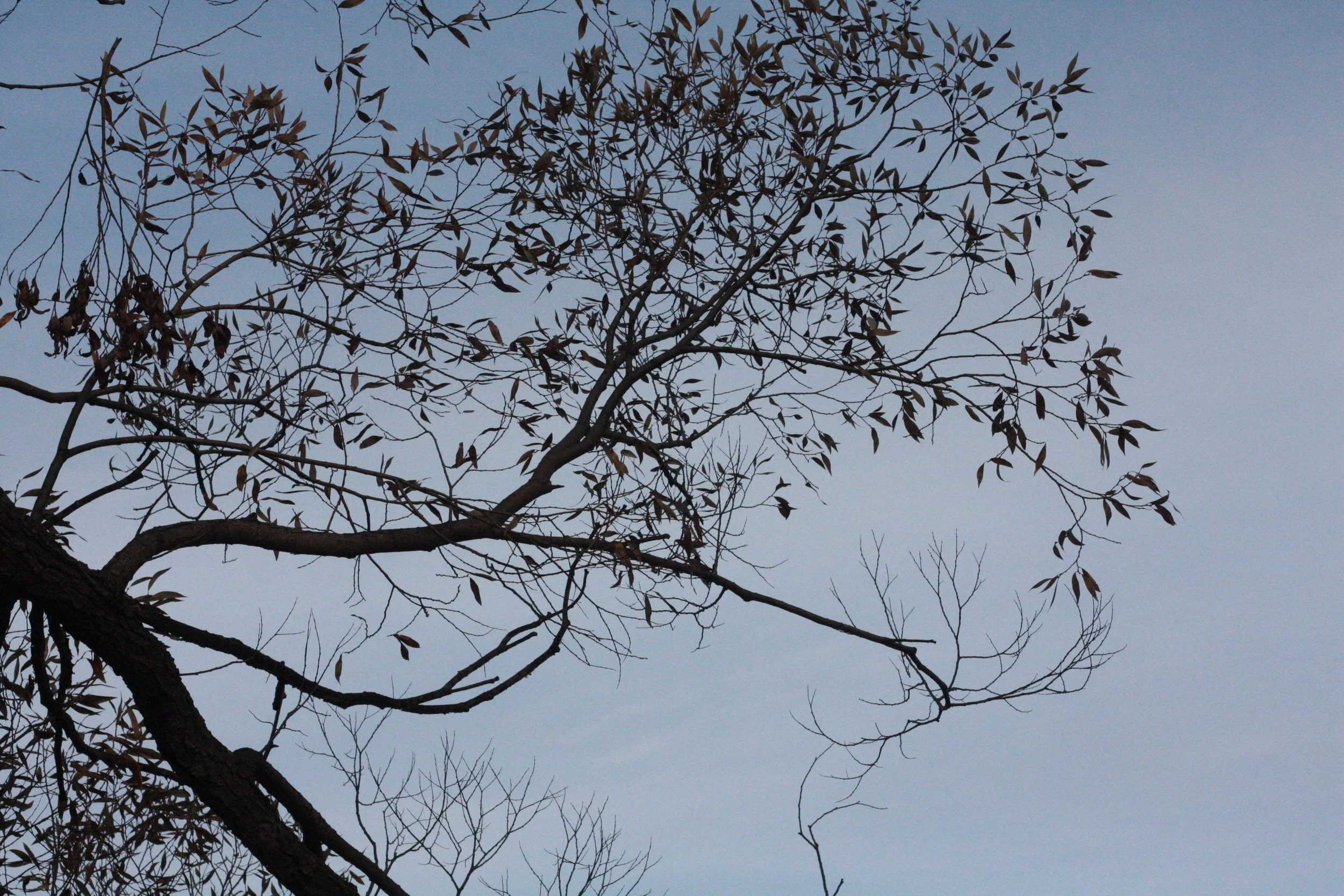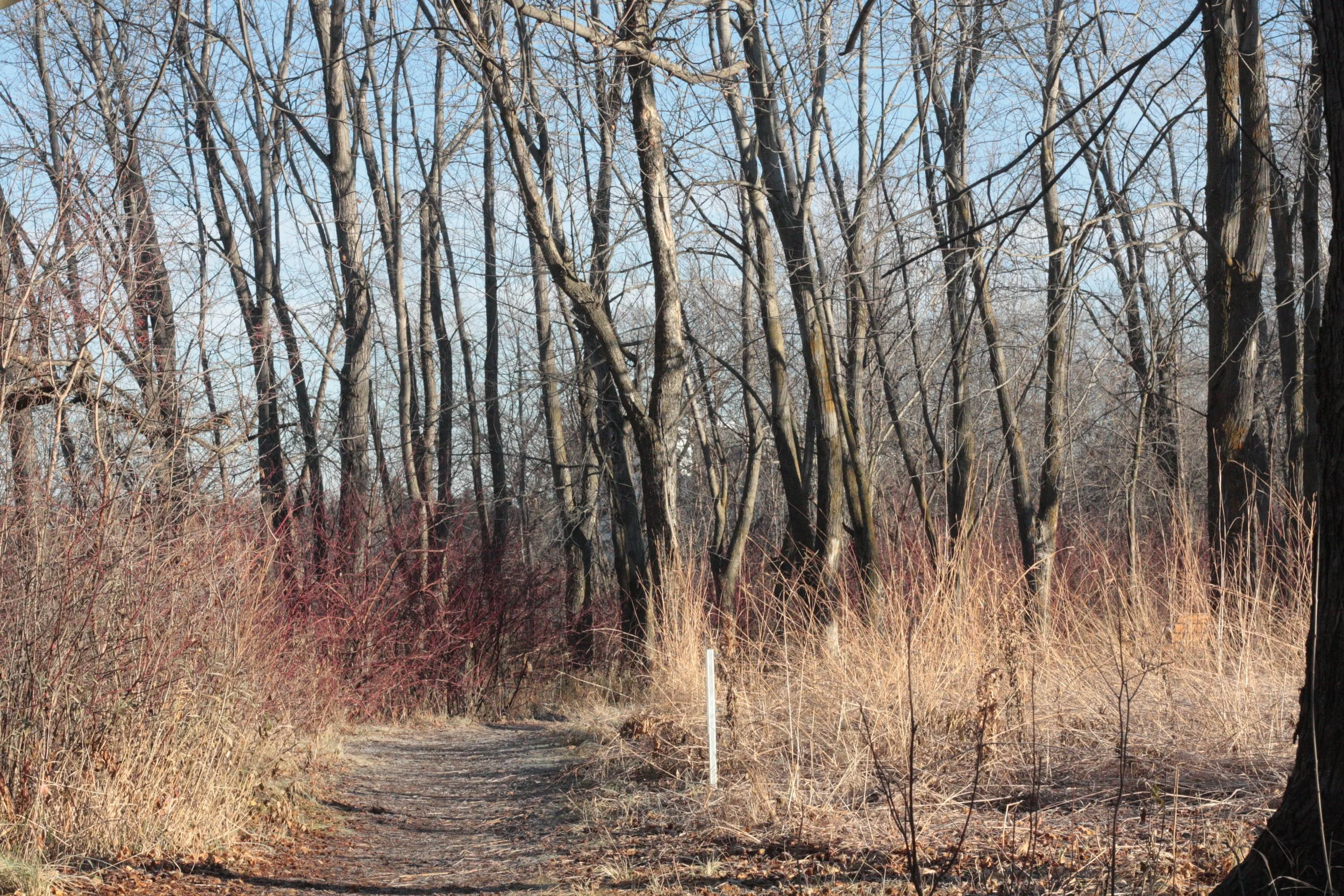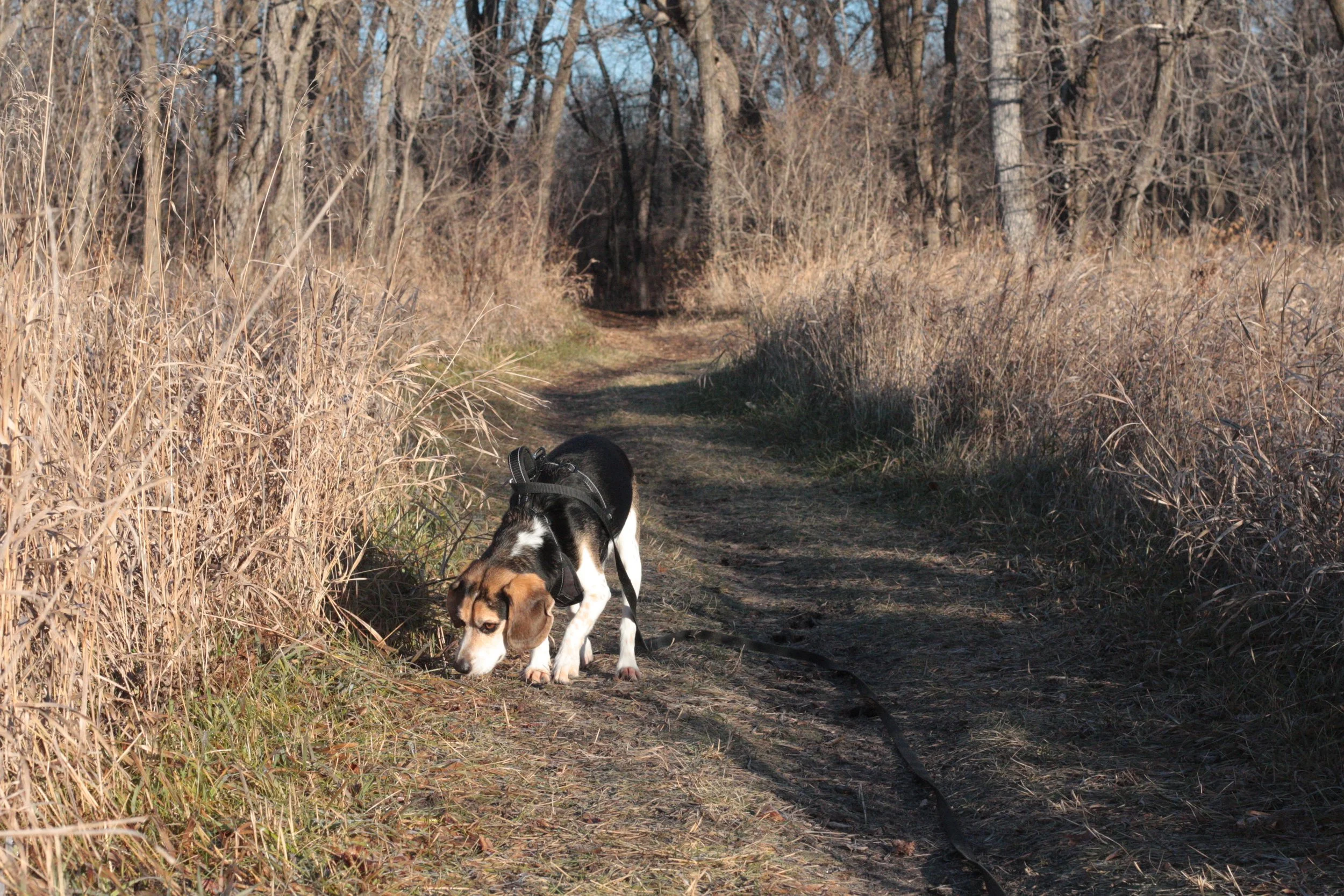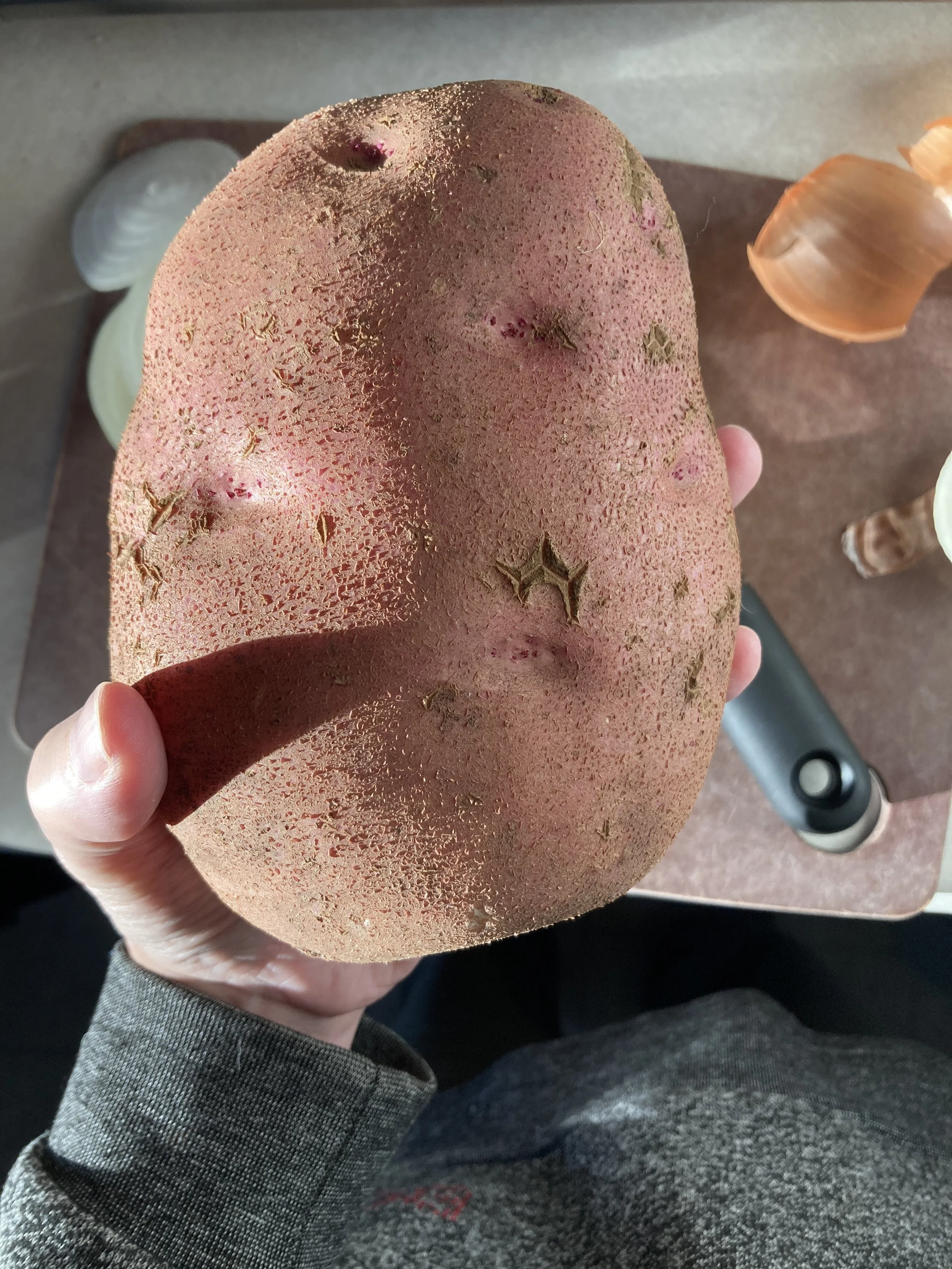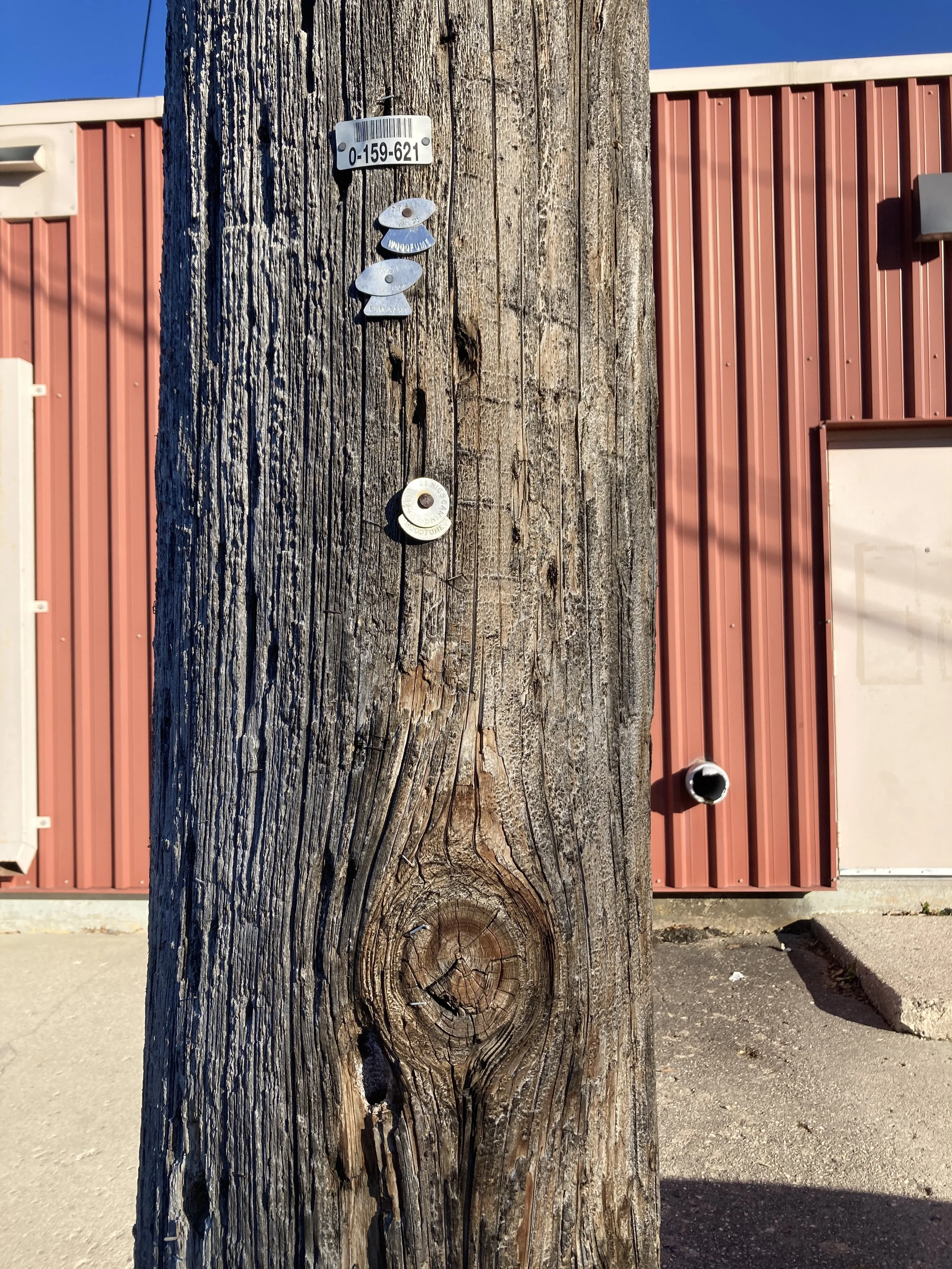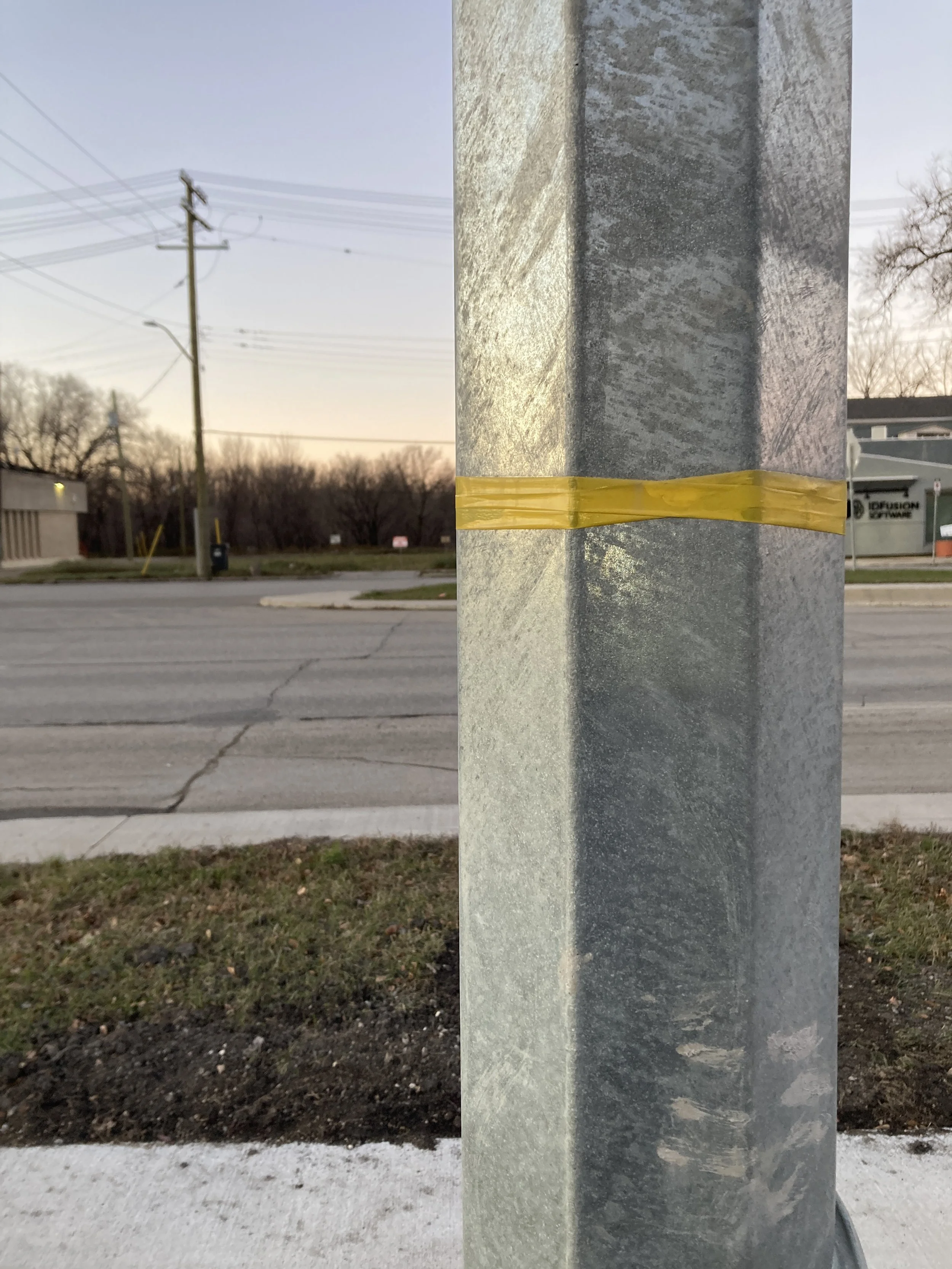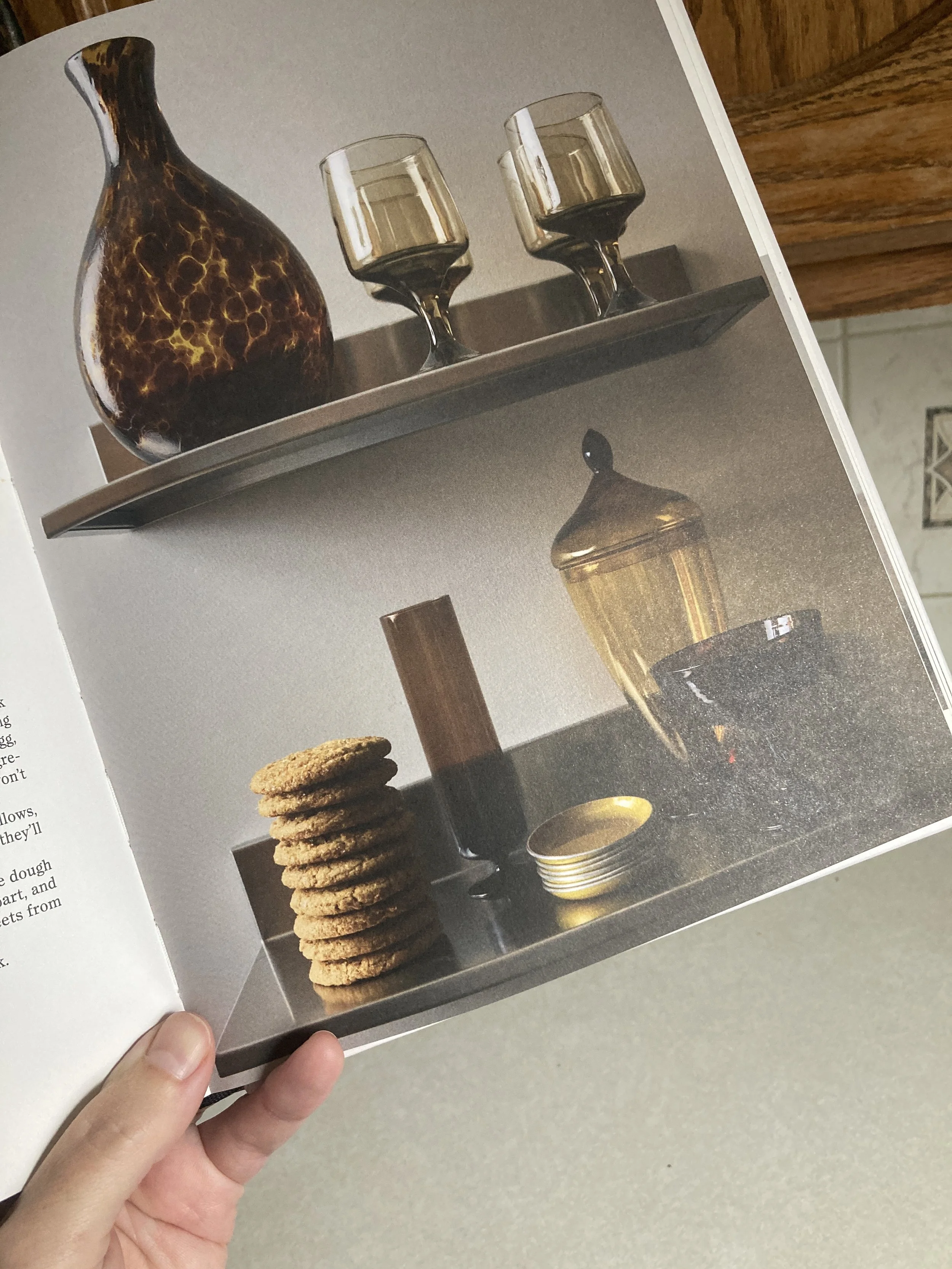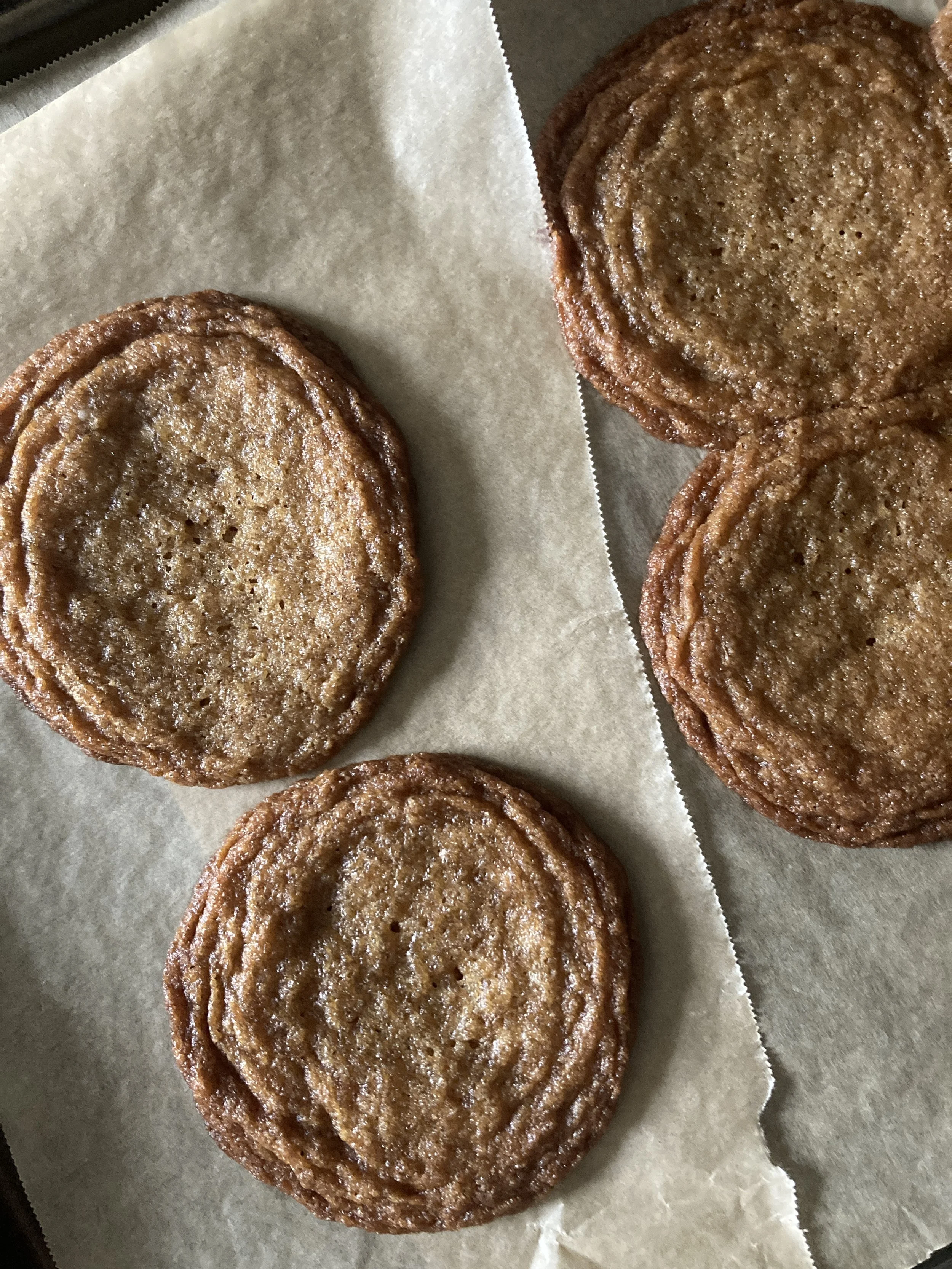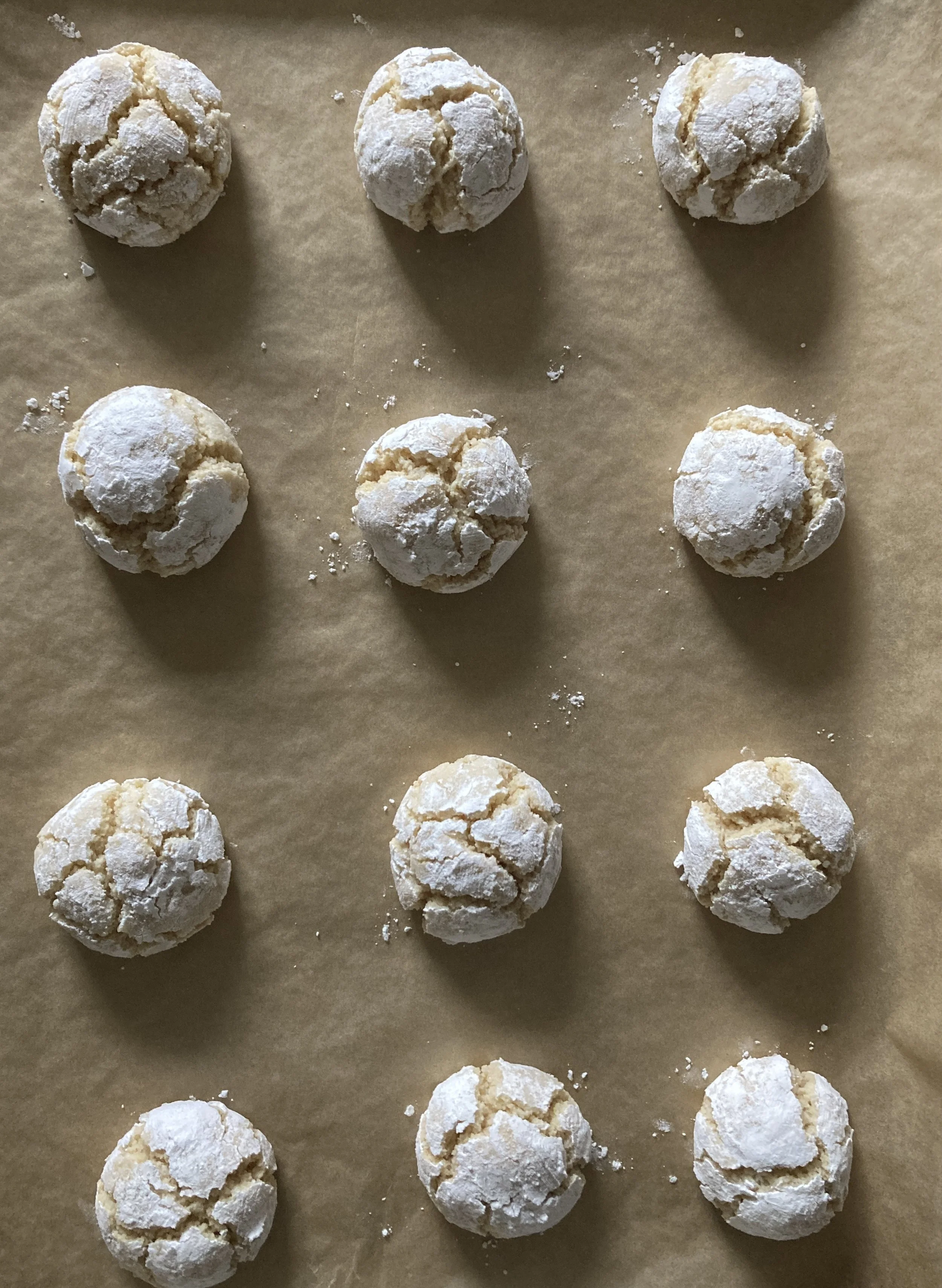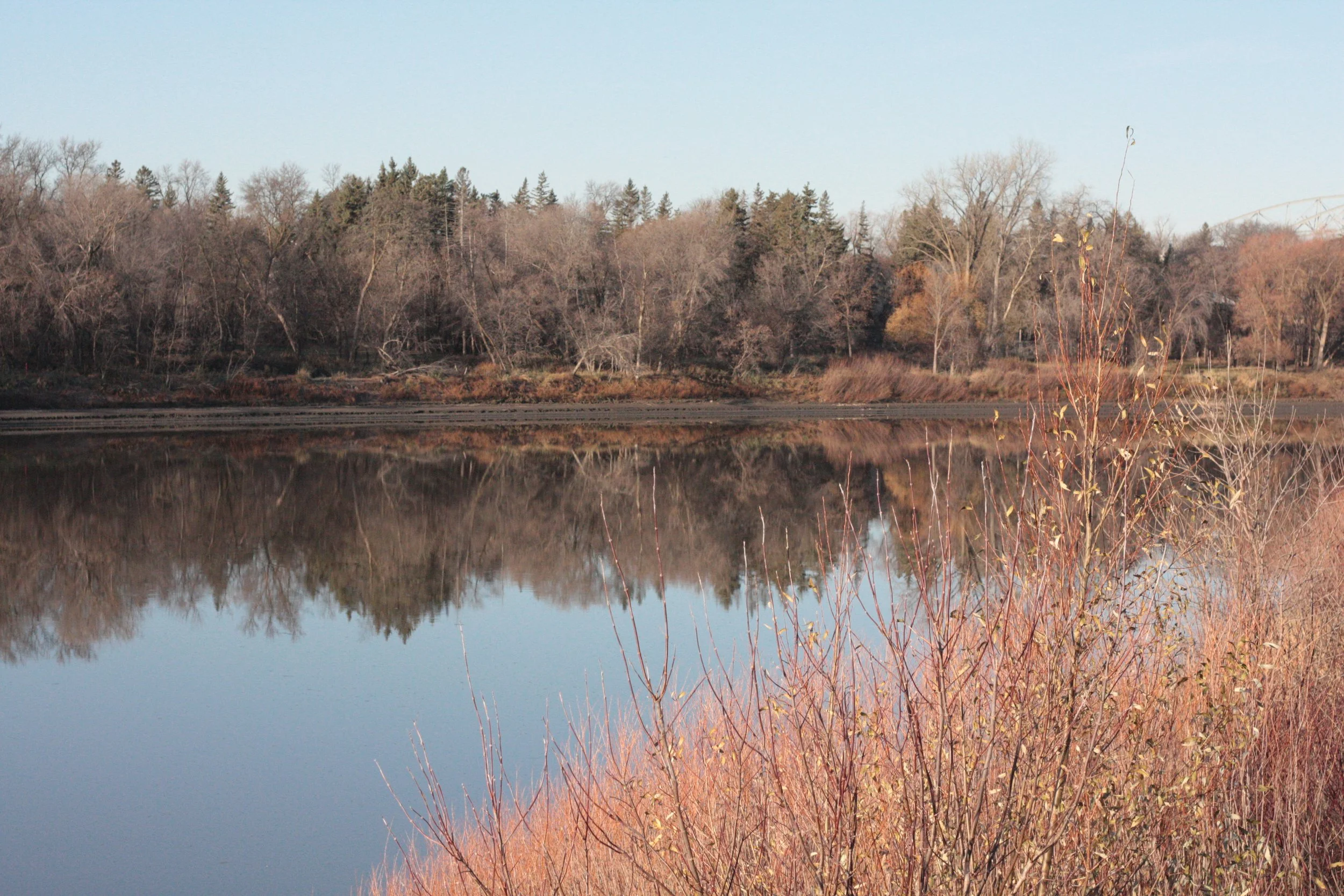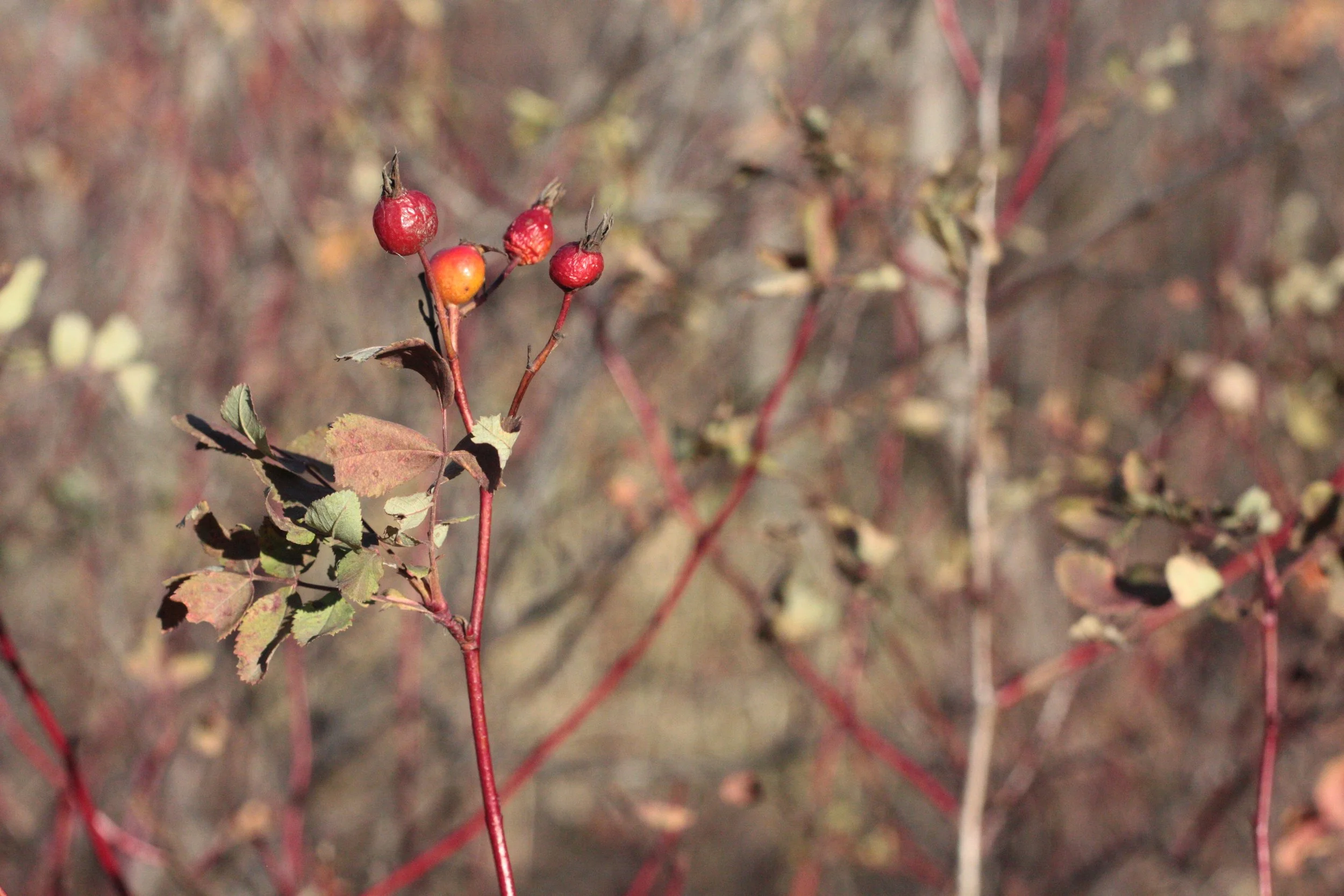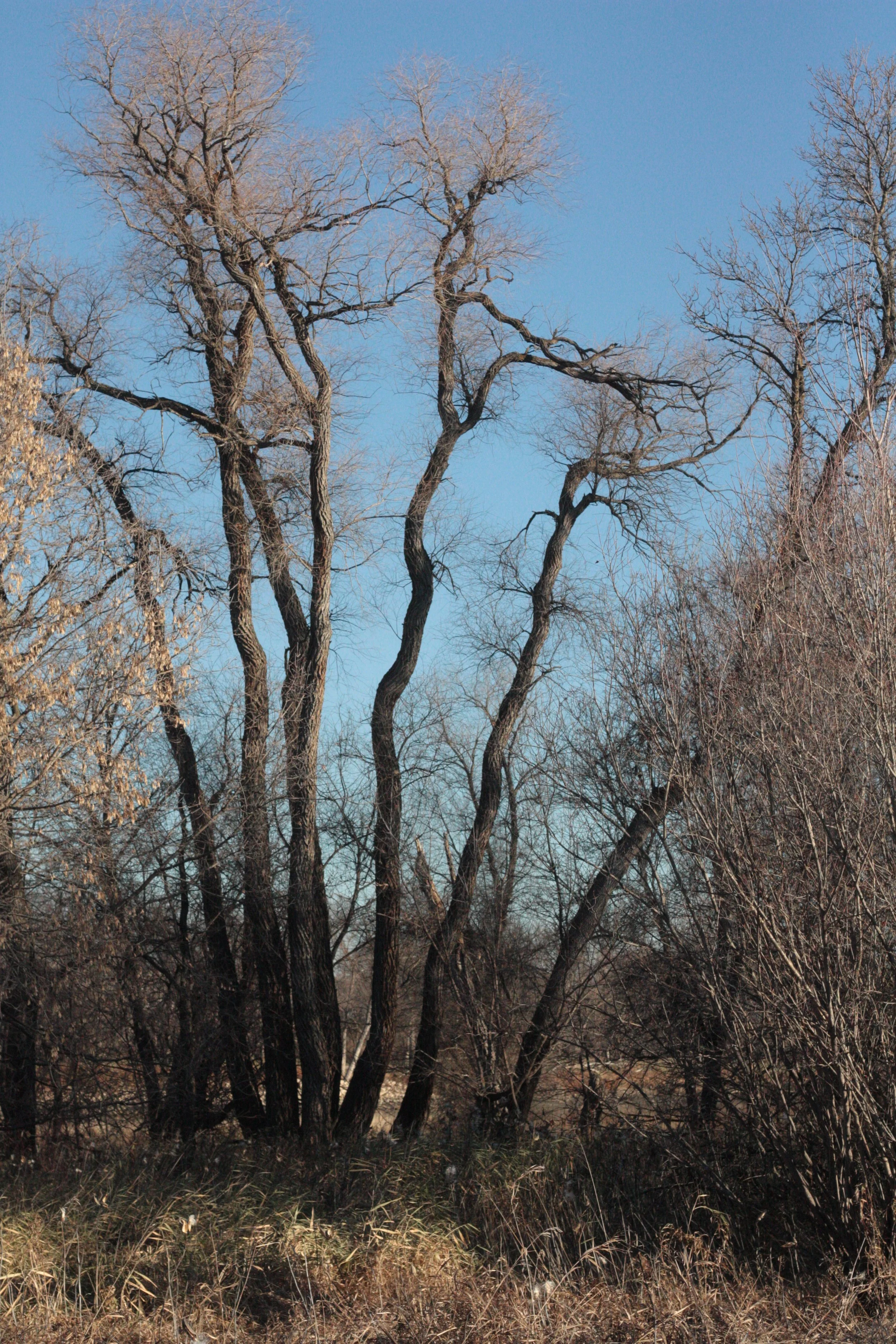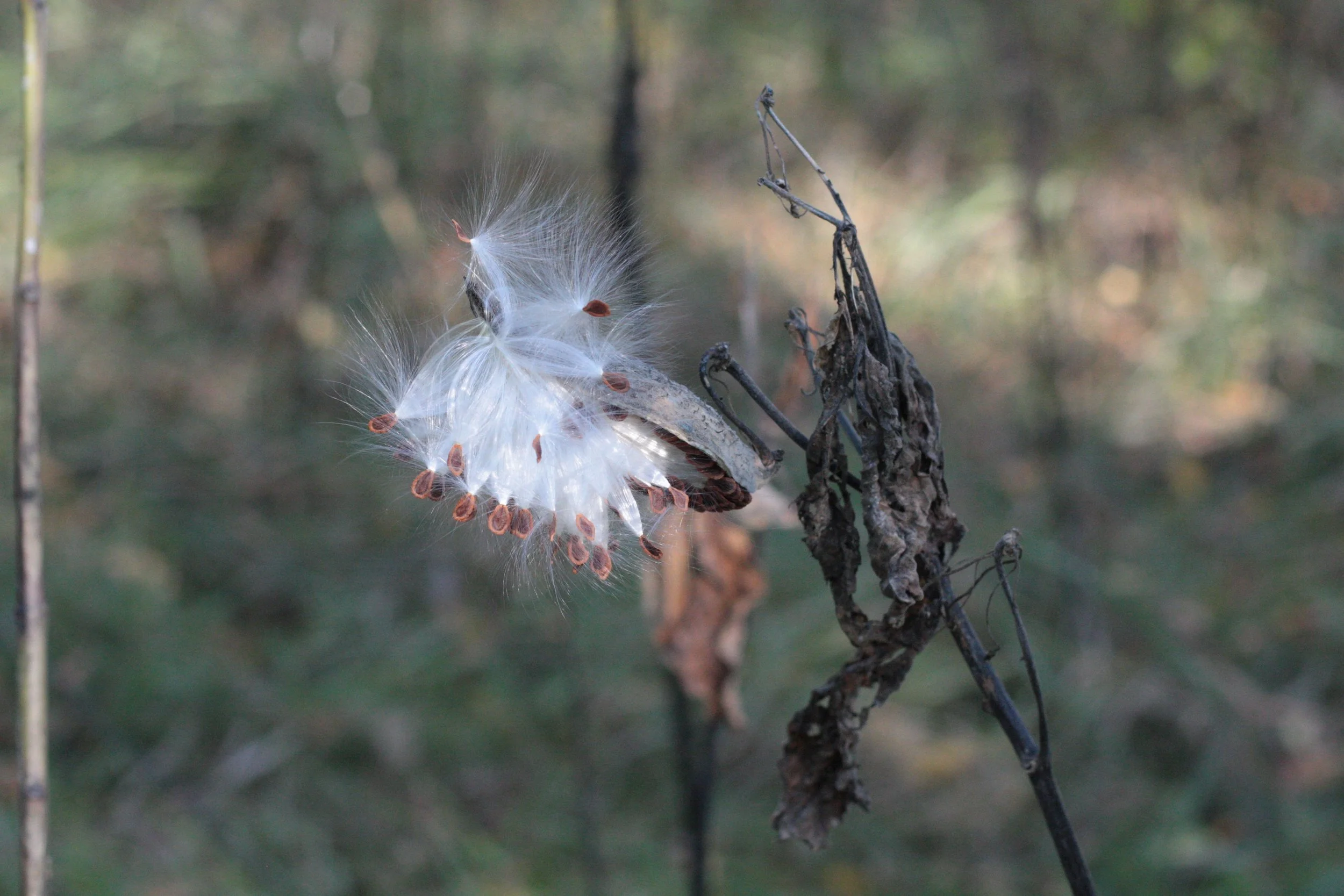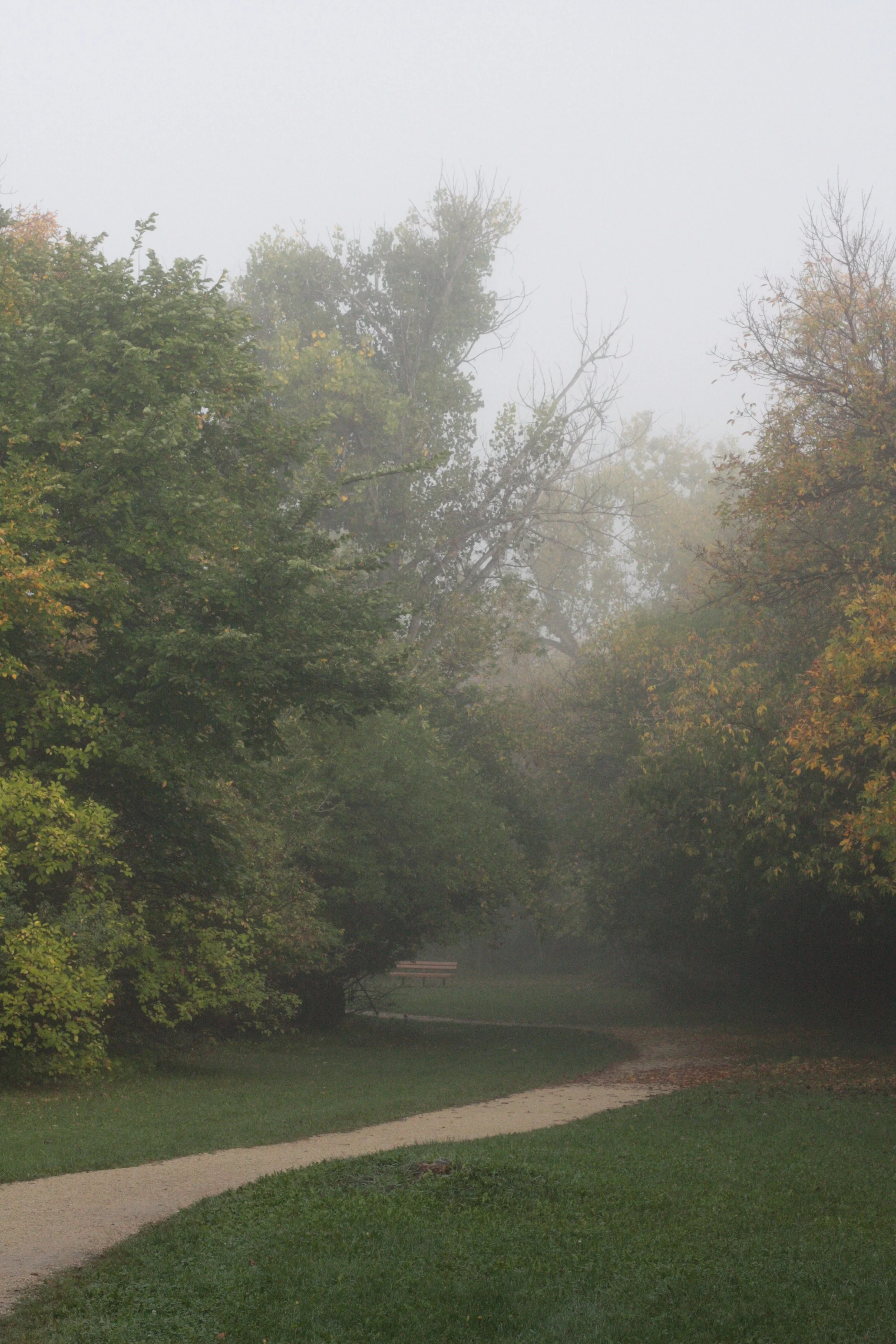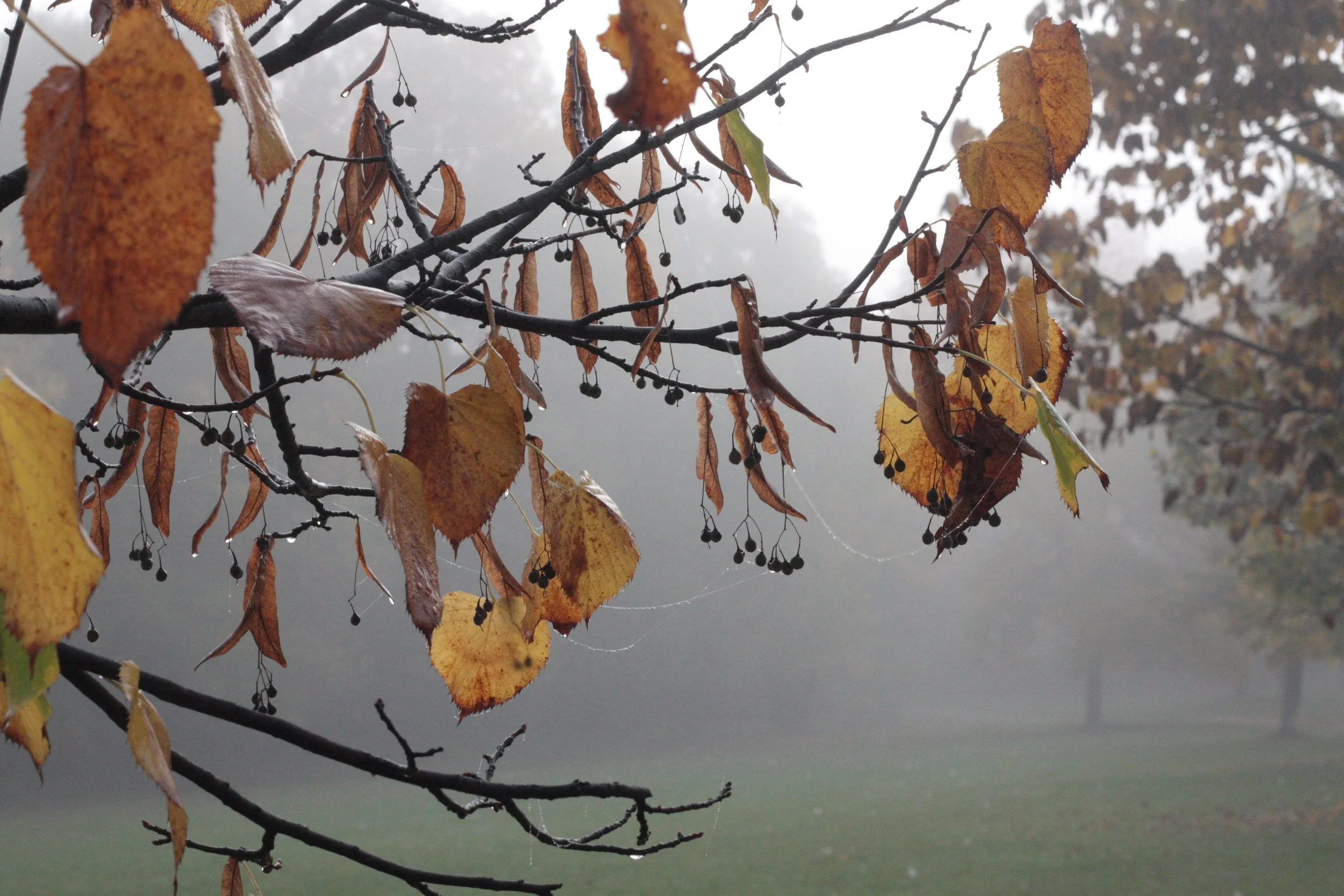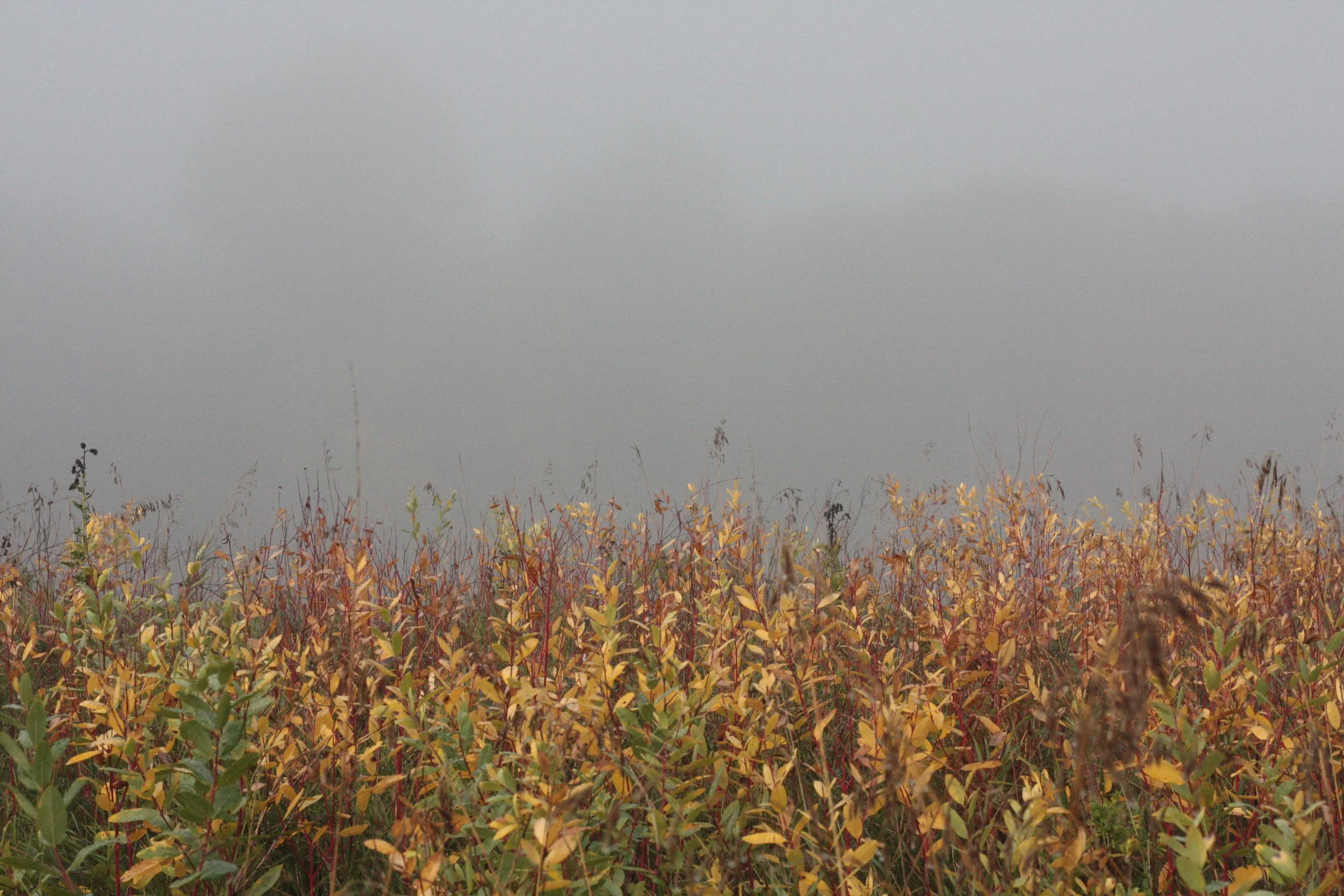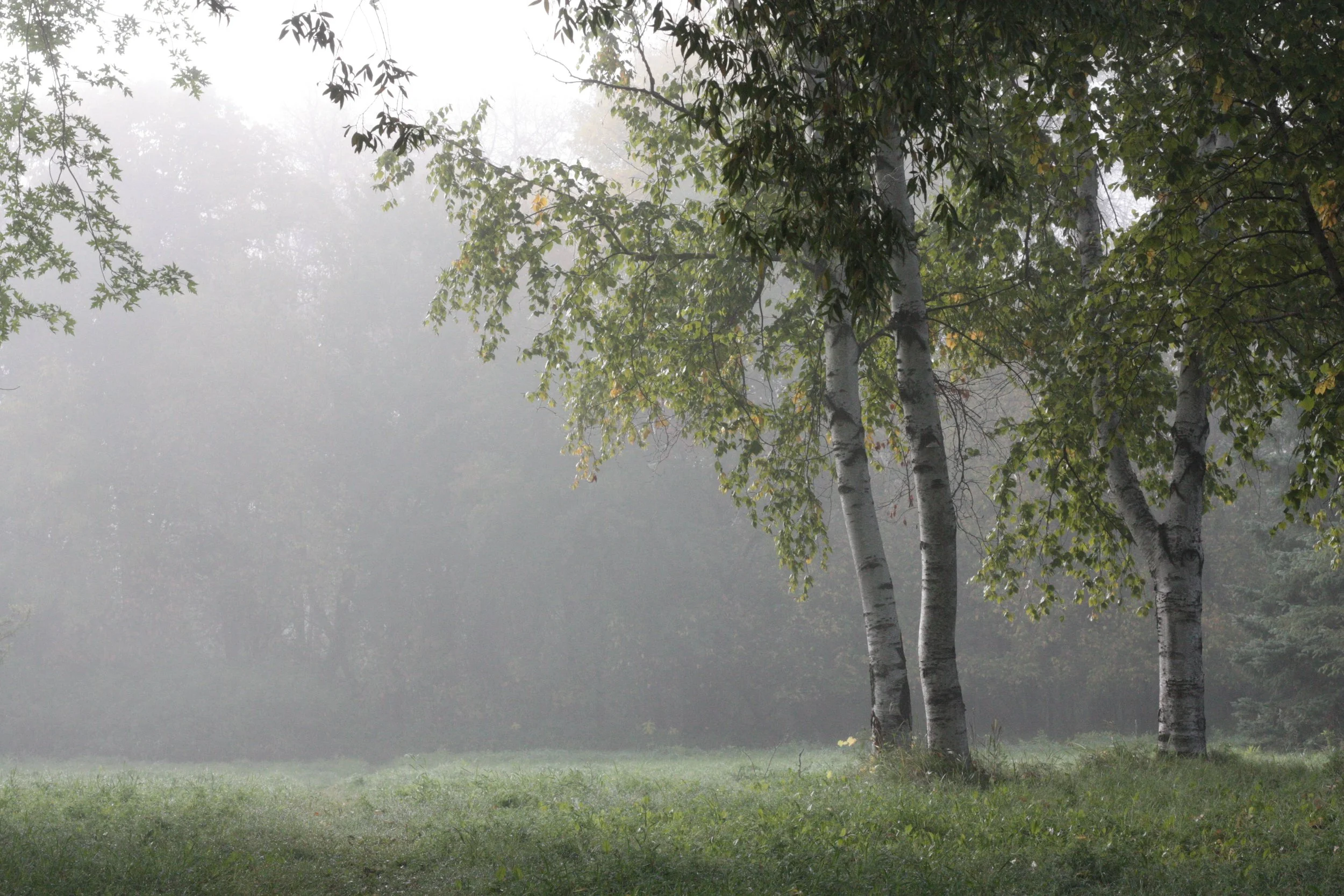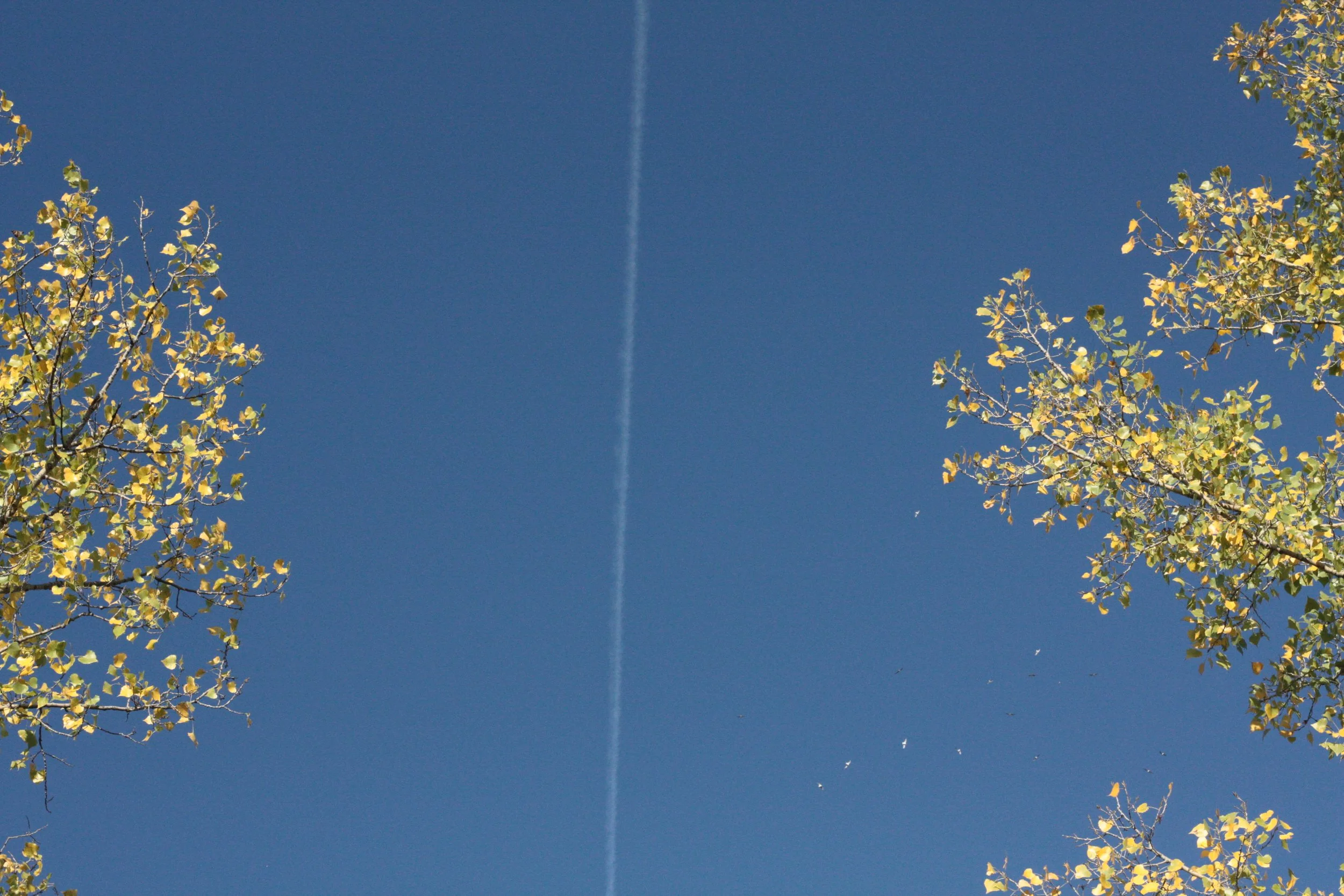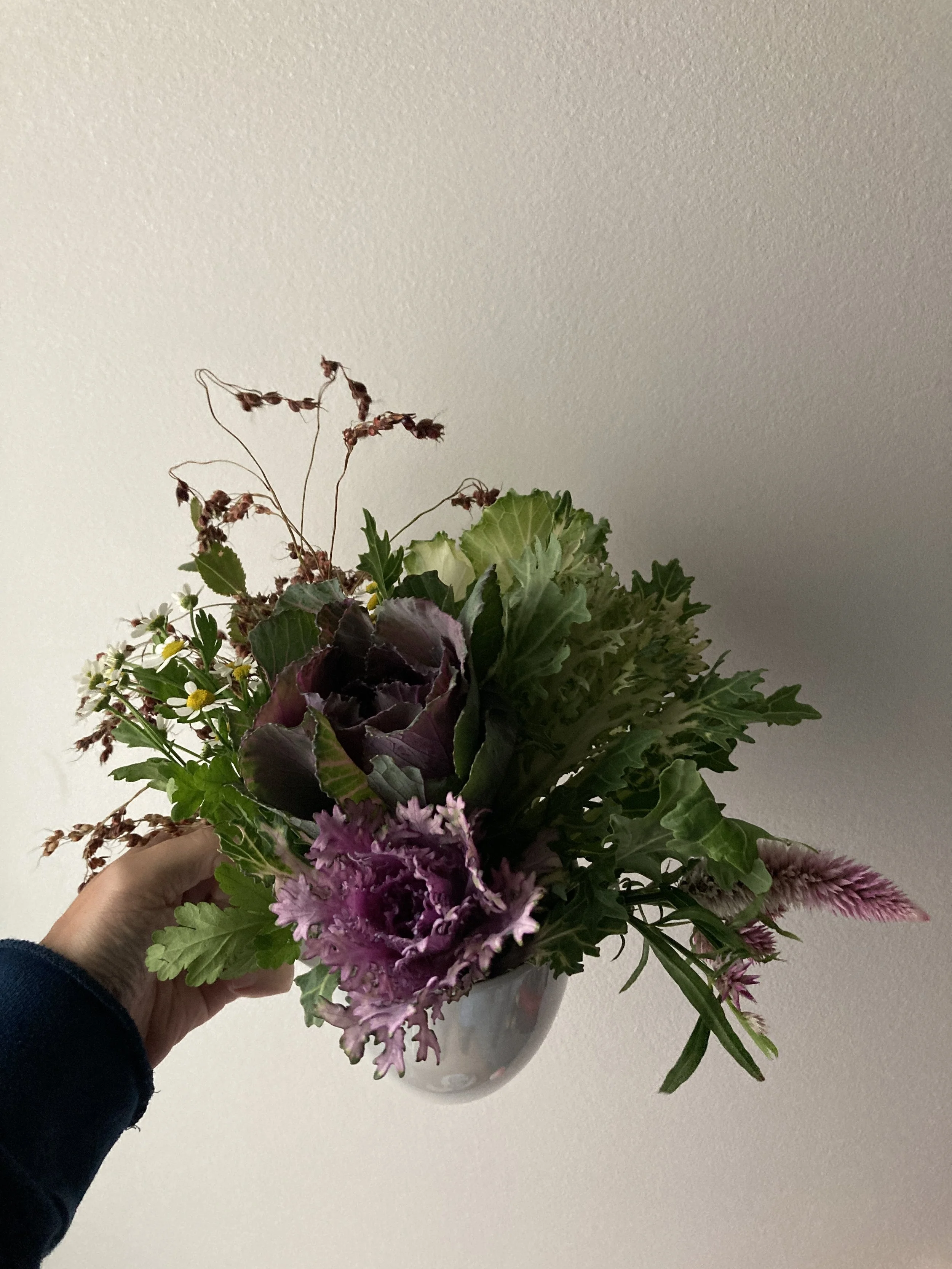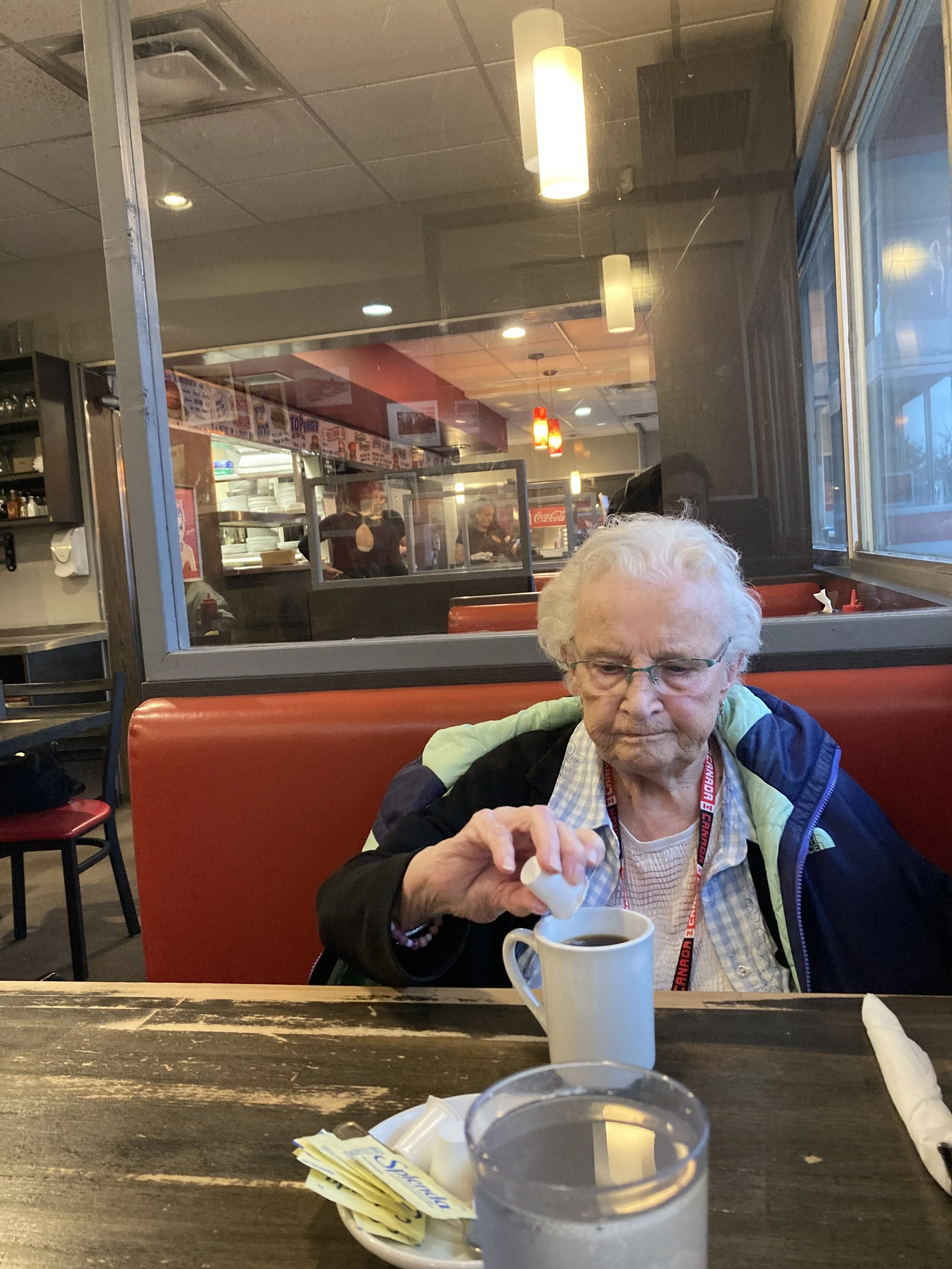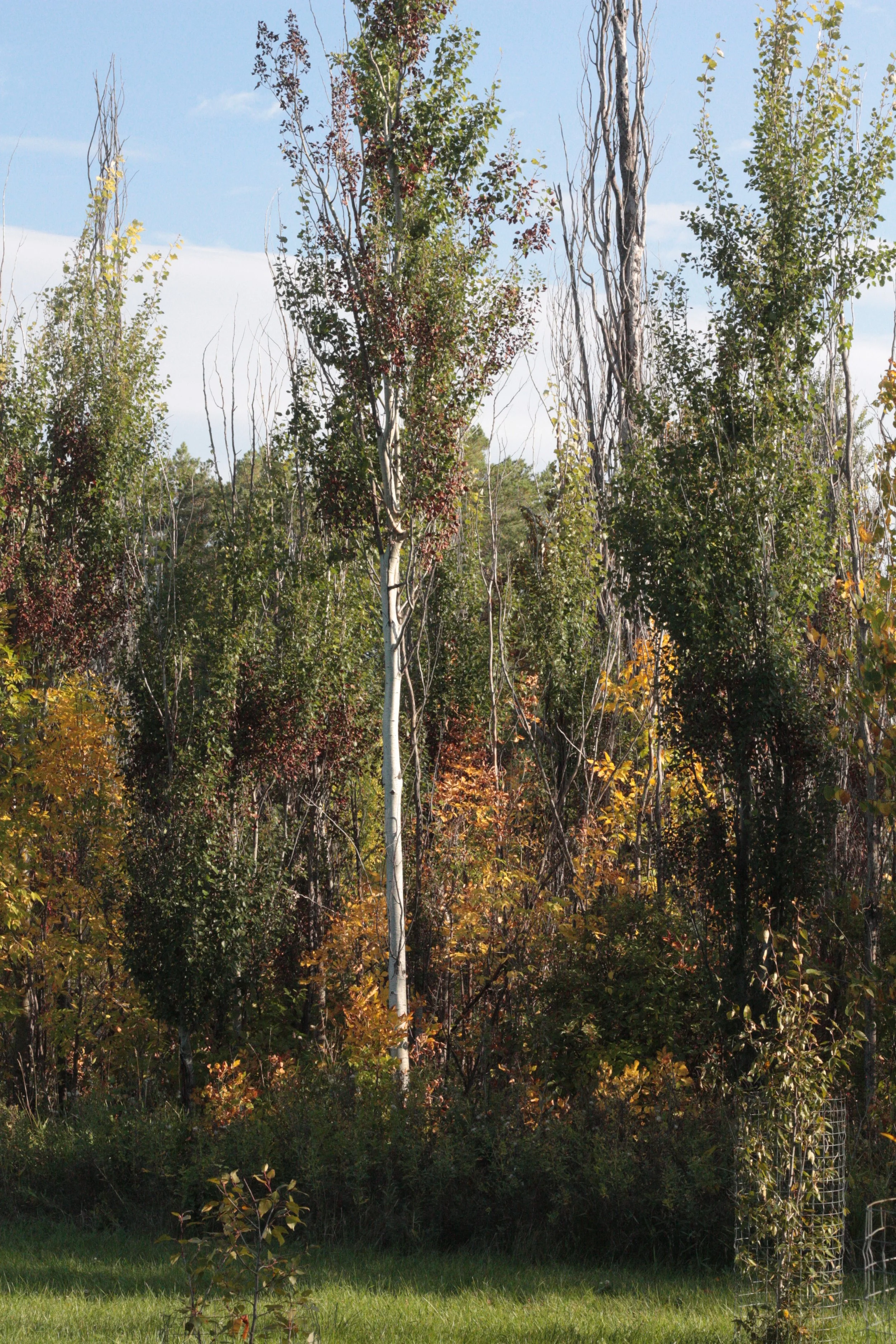Reading
Another book done from the reading list! This one a tiny book of short stories, titled Escapes, by Joy Williams. Reading her, the sensation of the short unexpected sentences in my brain is like eating popping candy... The writing seems to fizz.
From a story titled "Rot": "The Aquarium was where a baby seal had been put to sleep because he was born too ugly to be viewed by children." (p. 17)
"Health" so acutely described a tanning salon that I was jolted into the memory of having gone to one with Christian, some weeks prior to our wedding so we'd look attractively tanned for the pictures... "Aurora leads her to one of the rooms at the rear of the building. The room has a mirror, a sink, a small stool, a white rotating fan and the bed, a long bronze coffinlike apparatus with a lid. Pammy is always startled when she sees the bed with its frosted ultraviolet tubes, its black vinyl headrest." (p 115)
Perhaps my favourite passage is a character's thought about overheard conversation: "Pammy coughs. She doesn't want to hear other people's voices. It is as though they are throwing away junk, the way some people use words, as though one word were as good as another." (p. 119).
A fun read!
A poem
This is a beautiful poem: "Miss You. Would like to take a walk with you". It is by Gabrielle Calvocoressi. Here on the Poetry Foundation website.
Part of me wants to leave the poem like a gift on a doorstep with the secret anticipation of the recipient enjoying it. Another part of me wants to confess that until reading it, a poem had never made me cry. I didn't believe, till now, that poems could contain this power. It's like a little gift that arrived, that proved Patti Smith's description of a poem to be true: "… it can distill everything like a teardrop. If you’re thirsty and you get that drop of water, it suddenly becomes like a liter of water. Then you’re satisfied." (Quote taken from Patti Smith's interview here.)
AI and history
I've held the misguided belief that AI couldn't do much for the archival work inherent to the field of history, but a recent interview on Hard Fork with Professor Mark Humphries is proving that AI might become very helpful. Humphries has a substack on the subject here.
Eating
Sometimes a meal is less about the recipe and more about the pairing. This week, we tried Deb Perelman's Skillet Macaroni and Cheese - liberally messing around with the quantities of pasta vs sauce because we're not a creamy-sauce-loving family - and paired it with an almost virtuous broccoli salad by Jamie Oliver. (See here.)
For dessert, I made these Pink Party Cookies, per my daughter's request... "Could you make a sandwich cookie, but with icing in between?" It was subsequently so fun to come upon Carla Lalli Music's recipe. The thing with her cookbook picture, is that I suspect the saturation is heightened. If you "bake until there's a barely perceptible tint of light golden around edge, 8 minutes. Do not overbake." it yeilds a pale cookie. Mine looked anemic by comparison. But still delicious!
Postcards
This week... a look upwards, to the pretty leaf outlines of a willow tree.
The lovely golds and browns and reds…
And the dog…
Happy Sunday!
